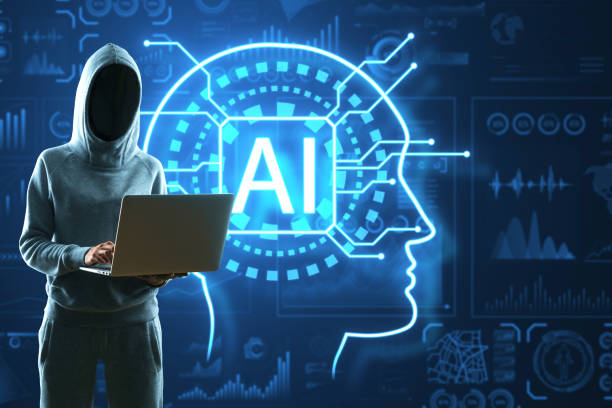What is an Artificial Intelligence Robot and How Does it Work?

#Artificial Intelligence Robot is a combination of two distinct fields: robotics and artificial intelligence.
Robotics deals with the design, construction, operation, and application of robots, while artificial intelligence deals with the development of intelligent computer systems that are capable of performing tasks that usually require human intelligence, such as learning, reasoning, problem-solving, and natural language understanding.
When these two fields are combined, the result is a robot that can not only operate in the physical world but can also make decisions and adapt its behavior based on the data and information it receives.
Artificial intelligence allows the robot to automatically perform complex tasks without the need for detailed programming for each scenario.
These robots use machine learning algorithms and neural networks to identify patterns in data and use these patterns to predict, make decisions, and optimize their performance.
For example, an AI robot in a factory can check the quality of products and automatically change machine settings to improve quality.
Artificial intelligence robots are rapidly advancing and have great potential to change various industries, from manufacturing and logistics to healthcare and education.
As a result, understanding how these robots work and their applications is essential for anyone who wants to thrive in today’s technology world.
Don’t have a company website yet and are missing out on online opportunities? With professional company website design by Rasaweb,
✅ Double your business credibility
✅ Attract new customers
⚡ Free consultation for your company website!
Main Components of an Artificial Intelligence Robot
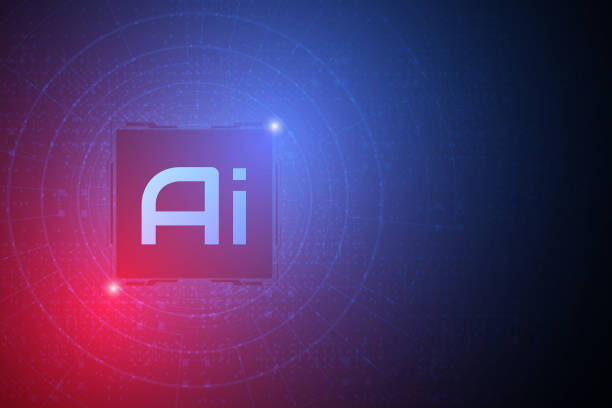
An #AI robot consists of several main components that work together to enable its intelligent operation.
These components include sensors, actuators, controllers, and AI software.
Sensors collect information from the environment, such as cameras for seeing, microphones for hearing, and touch sensors for feeling.
This information is transmitted to the robot’s controller.
Actuators are responsible for performing physical actions, such as motors for movement, arms for grasping objects, and speakers for producing sound.
The robot’s controller, usually a computer, processes the information received from the sensors and sends the necessary commands to the actuators.
Artificial intelligence software, which is considered the brain of the robot, includes machine learning algorithms, neural networks, and other AI techniques.
This software allows the robot to analyze information, identify patterns, make decisions, and improve its behavior based on received feedback.
For example, in a self-driving robot, sensors collect information about the surrounding environment, such as the position of other vehicles and traffic signs.
AI software analyzes this information and decides how to drive, such as changing direction, speed, or braking.
These components working together enable an #AI robot to perform complex tasks automatically and intelligently.
Applications of Artificial Intelligence Robots in Various Industries
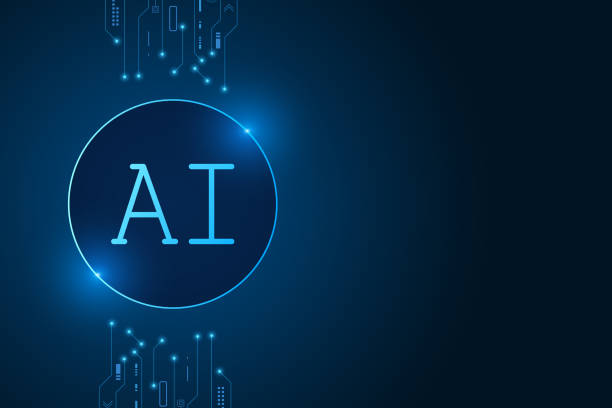
#Artificial Intelligence Robots have wide applications in various industries and are increasingly changing the way things are done.
In the manufacturing industry, AI robots are used to automate repetitive tasks, inspect product quality, and optimize production processes.
These robots can work continuously and without fatigue, improving accuracy and efficiency.
In the healthcare industry, AI robots are used for precise surgeries, disease diagnosis, and providing remote healthcare.
These robots can help doctors diagnose diseases early and provide more effective treatments.
In the logistics and transportation industry, AI robots are used for managing warehouses, delivering packages, and self-driving.
These robots can improve the speed and efficiency of logistics operations and reduce costs.
In addition, artificial intelligence robots have many applications in fields such as education, customer service, and agriculture.
For example, in education, AI robots can act as private tutors for students and provide personalized educational programs.
In customer service, AI robots can answer customer questions and solve their problems.
In agriculture, AI robots can be used for planting, tending, and harvesting crops.
With the advancement of technology, it is expected that the applications of #AI robots in various industries will expand and play a more important role in our lives.
| Industry | Application of AI Robot |
|---|---|
| Manufacturing | Automation, Quality Inspection |
| Healthcare | Surgery, Disease Diagnosis |
| Logistics | Warehouse Management, Package Delivery |
Advantages and Disadvantages of Using Artificial Intelligence Robots
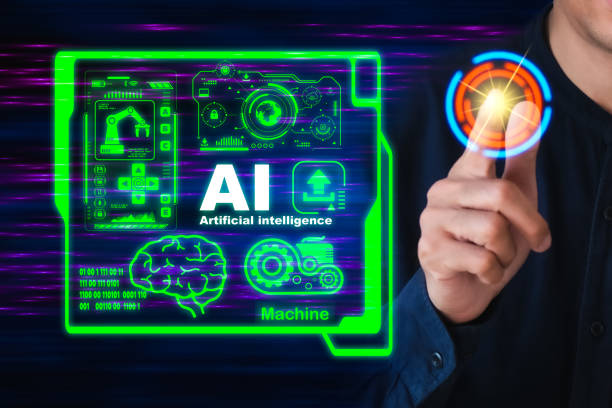
The use of #AI robots has many advantages, including increased efficiency, reduced costs, improved accuracy, and increased safety.
AI robots can work continuously and without fatigue, and perform repetitive and dangerous tasks.
They can also analyze data more accurately and quickly than humans and make better decisions.
However, the use of AI robots also has disadvantages, including high initial costs, the need for technical expertise, and concerns about job loss.
AI robots can be very expensive, and require specialized maintenance and repairs.
Also, with the automation of tasks, many people may lose their jobs.
In addition, there are concerns about the ethics and accountability of AI robots.
For example, if a self-driving robot causes an accident, who is responsible? These issues require careful examination and the development of appropriate laws and regulations.
Despite these disadvantages, the advantages of using #AI robots generally outweigh their disadvantages, and it is expected that the use of these robots will increase in the future.
Are you losing business opportunities due to an outdated website? With Rasaweb, solve the problem of not attracting potential customers through your website forever!
✅ Attract more high-quality leads
✅ Increase brand credibility in the eyes of customers
⚡ Get a free consultation on company website design
Challenges of Developing and Implementing Artificial Intelligence Robots
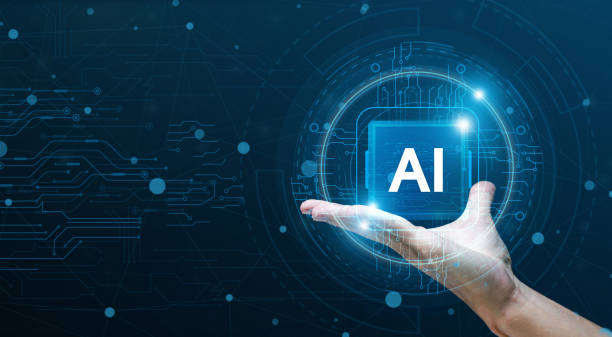
Developing and implementing #AI robots presents numerous challenges.
One of the main challenges is collecting and processing sufficient and high-quality data.
Machine learning algorithms need a lot of data for training, and if the data is incomplete or incorrect, the robot’s performance will be significantly reduced.
Another challenge is developing AI algorithms that can effectively interact with the physical world.
Robots must be able to understand their environment, make appropriate decisions, and take necessary actions.
This requires combining various AI algorithms, such as machine vision, natural language processing, and planning.
In addition, issues related to security and reliability must also be considered.
Robots must be protected against cyber attacks and must be able to operate reliably in various conditions.
Also, ethical issues related to the use of AI robots must be considered.
For example, it must be ensured that robots act fairly and without discrimination and respect human rights.
Overcoming these challenges requires cooperation between various experts, including robotics engineers, computer scientists, and ethics specialists.
The Future of Artificial Intelligence Robots: Predictions and Possibilities
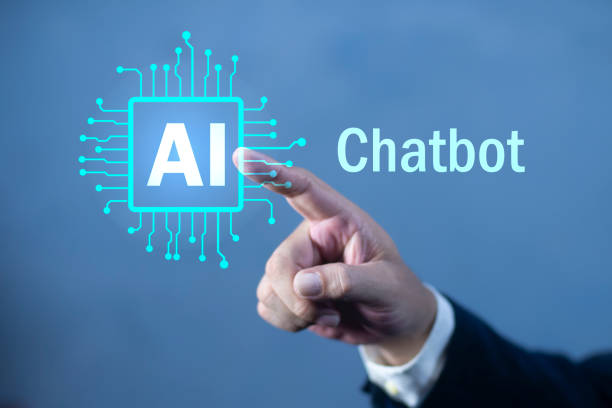
The future of #AI robots is bright and full of potential.
With the advancement of technology, it is expected that AI robots will become more complex, smarter, and more efficient.
They will be able to perform more complex tasks and play a more important role in various industries.
Some predictions indicate that AI robots will be able to make independent decisions in the near future and even understand human emotions.
However, these predictions require further research and development.
In the future, AI robots may be present in homes, hospitals, factories, and even in space.
They can help us perform everyday tasks, improve healthcare, increase production, and facilitate scientific discoveries.
However, it should be noted that the development of #AI robots must be done responsibly and ethically.
It must be ensured that robots act for the benefit of society and respect human rights.
Also, social and economic challenges resulting from automation must be addressed and solutions provided.
With proper management, AI robots can help improve the quality of human life and create a brighter future.
This article examines the future of artificial intelligence and robotics.
Artificial Intelligence Robots in Everyday Life: Examples and Applications

#Artificial Intelligence Robots are increasingly present in our daily lives, although we may not always realize it.
Voice assistants like Siri and Alexa are examples of AI robots that can answer our questions, play music, and control smart home devices.
Movie and music recommendation systems on platforms like Netflix and Spotify use AI algorithms to suggest content that we are likely to be interested in.
Vacuum robots like Roomba use AI to map the house and clean it automatically.
Self-driving cars, which are still in development, use AI to drive without the need for a human driver.
In addition, chatbot robots on websites and applications answer customer questions and solve their problems.
These robots can automatically answer frequently asked questions without the need for a human operator and save time and money.
With the advancement of technology, it is expected that the applications of #AI robots in everyday life will expand and play a more important role in our lives.
| Example | Description |
|---|---|
| Voice Assistants | Answering Questions, Playing Music |
| Recommendation Systems | Suggesting Movies and Music |
| Vacuum Robots | Automatically Cleaning the House |
Important Points in Choosing and Using Artificial Intelligence Robots

Choosing and using #AI robots requires careful consideration and attention to important points.
First, you need to accurately identify your needs.
What tasks do you want to assign to the robot? What expectations do you have for the robot’s performance? Then you need to review the various robots on the market and compare their features, price, and capabilities.
Look for a robot that best matches your needs.
You should also pay attention to security and privacy issues.
Make sure the robot stores your information securely and protects it from unauthorized access.
Before using the robot, carefully read the instructions for use and learn how to work with it.
If you encounter any problems, contact technical support.
You should also regularly maintain and repair the robot to ensure its proper functioning.
By following these tips, you can benefit from the use of #AI robots and improve your efficiency and quality of life.
Is your current online store design causing you to lose customers and sales?
Rasaweb is your solution with modern and user-friendly online store design!
✅ Significantly increase conversion rate and sales
✅ Create strong branding and gain customer trust
⚡ Get a free online store design consultation from Rasaweb!
The Impact of Artificial Intelligence Robots on the Job Market: Opportunities and Threats

#Artificial Intelligence Robots have a significant impact on the job market, creating both opportunities and threats.
On the one hand, AI robots can automate repetitive and dangerous tasks, which can lead to increased efficiency and productivity.
This can lead to the creation of new jobs in areas such as robot design, development, maintenance, and repair.
Also, AI robots can help humans perform more complex tasks, which can lead to increased creativity and innovation.
On the other hand, AI robots can replace humans in many jobs, which can lead to job losses and increased unemployment.
This can be particularly problematic for people working in repetitive and low-skill jobs.
To address this challenge, governments and organizations should provide training and retraining programs to help people learn new skills and prepare for new jobs in the digital economy.
Also, attention should be paid to issues related to the fair distribution of wealth and income to prevent increased inequality.
With proper management, the benefits of #AI robots can be realized and their threats mitigated.
Ethical Considerations in the Development and Use of Artificial Intelligence Robots
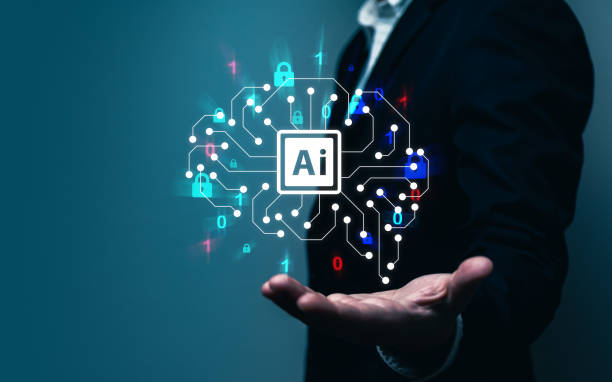
The development and use of #AI robots raises important ethical considerations.
One of these considerations is the issue of accountability.
If an AI robot causes harm, who is responsible? Should the robot be held responsible, or its developer, or its user? Another issue is the issue of privacy.
AI robots typically collect a lot of data, and this data can include personal information.
How can this information be protected and prevented from being misused? Another issue is the issue of discrimination.
AI robots can make discriminatory decisions based on the data they have been trained with.
How can this be prevented and ensure that robots act fairly and without discrimination? In addition, issues related to transparency, explainability, and controllability should also be considered.
It must be ensured that robots act transparently, their decisions are explainable, and humans can control them.
To address these challenges, appropriate laws and regulations must be developed and ethical standards for the development and use of #AI robots must be established.
Also, necessary training should be provided to developers, users, and the general public to increase their awareness of ethical issues related to #AI robots.
Frequently Asked Questions
| Row | Question | Answer |
|---|---|---|
| 1 | What is an artificial intelligence robot? | An artificial intelligence robot is a machine capable of understanding, reasoning, learning, and problem-solving, and can perform complex tasks with relative autonomy. |
| 2 | What are the most important applications of artificial intelligence robots? | Main applications include industrial manufacturing, customer service (chatbots), medicine and surgery, self-driving transportation, space exploration, and military affairs. |
| 3 | What is the main difference between an artificial intelligence robot and a regular robot? | A regular robot only follows programmed instructions, while an artificial intelligence robot can learn from data, make decisions, and adapt to new environments. |
| 4 | How do artificial intelligence robots learn? | They learn through machine learning algorithms (such as deep learning, reinforcement learning) and processing vast amounts of data, identifying patterns, and improving their performance. |
| 5 | Can artificial intelligence robots have emotions? | Currently, artificial intelligence robots do not have real emotions in the human sense. They can mimic or recognize emotions, but they do not understand and experience them. |
| 6 | What are the current limitations of artificial intelligence robots? | Limitations include the need for a lot of data, the inability to understand abstract concepts, the lack of true creativity, ethical issues, and the challenges of generalization in new environments. |
| 7 | What is the role of artificial intelligence in the development of humanoid robots? | Artificial intelligence helps humanoid robots to walk, maintain balance, understand the environment, interact with humans, and perform complex tasks. |
| 8 | How is the future of artificial intelligence robots predicted? | It is predicted that artificial intelligence robots will become smarter, more autonomous, and capable of performing more complex tasks in everyday life and industry, and their interaction with humans will increase. |
| 9 | Can artificial intelligence robots replace all human jobs? | It is unlikely that all human jobs will be replaced. Robots will take over many repetitive and dangerous tasks, but jobs that require creativity, empathy, and moral judgment will remain. |
| 10 | What ethical and social challenges are raised by the expansion of artificial intelligence robots? | Challenges include issues related to privacy, data security, ethical decision-making by robots, impact on employment, and accountability in case of error. |
and other services of Rasaweb Advertising Agency in the field of advertising
Smart Digital Advertising: An effective tool to increase sales by optimizing key pages.
Smart Linking: Designed for businesses looking to engage users by customizing the user experience.
Smart Direct Marketing: An effective tool to attract customers by managing Google ads.
Smart UI/UX: Designed for businesses looking to increase website traffic through precise audience targeting.
Smart Google Ads: An effective tool to increase website traffic with marketing automation.
And over a hundred other services in the field of internet advertising, advertising consulting, and organizational solutions
Internet Advertising | Advertising Strategy | Advertorial
Resources
What is a Smart Robot and How Does it Work?
,What is Artificial Intelligence and How Does it Work?
,Why Should We Be Concerned About Smart Robots?
,Smart Robots and Their Role in Our Lives
? Are you ready to transform your business in the digital world? Rasaweb Digital Marketing Agency, by offering comprehensive services including professional online store design, search engine optimization (SEO), and advertising campaign management, is your partner on the path to online success. Contact us today and ensure the digital future of your business.
📍 Tehran, Mirdamad Street, next to the Central Bank, Southern Kazerun Alley, Ramin Alley No. 6


